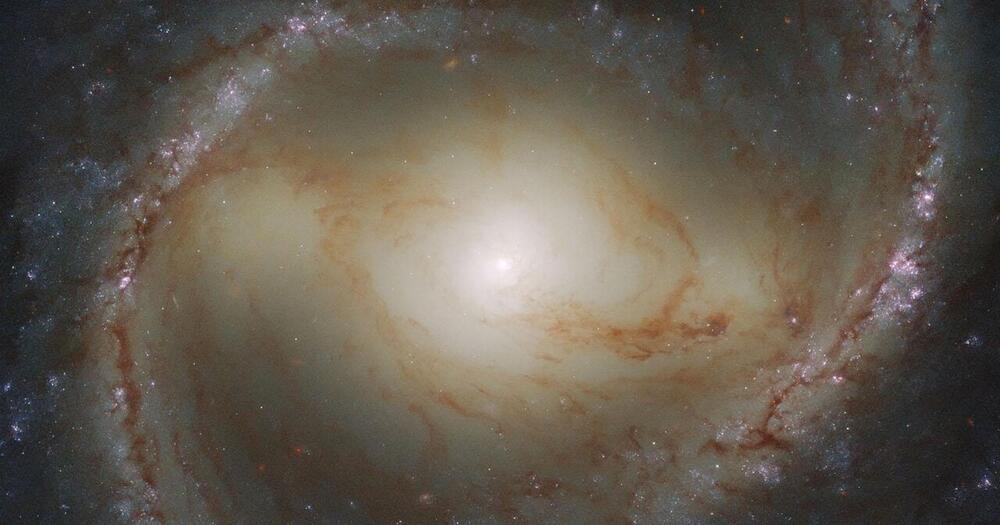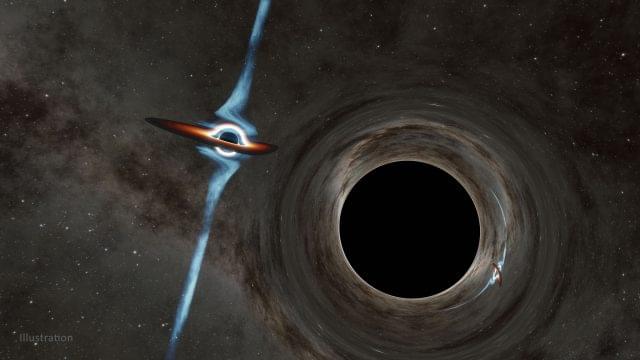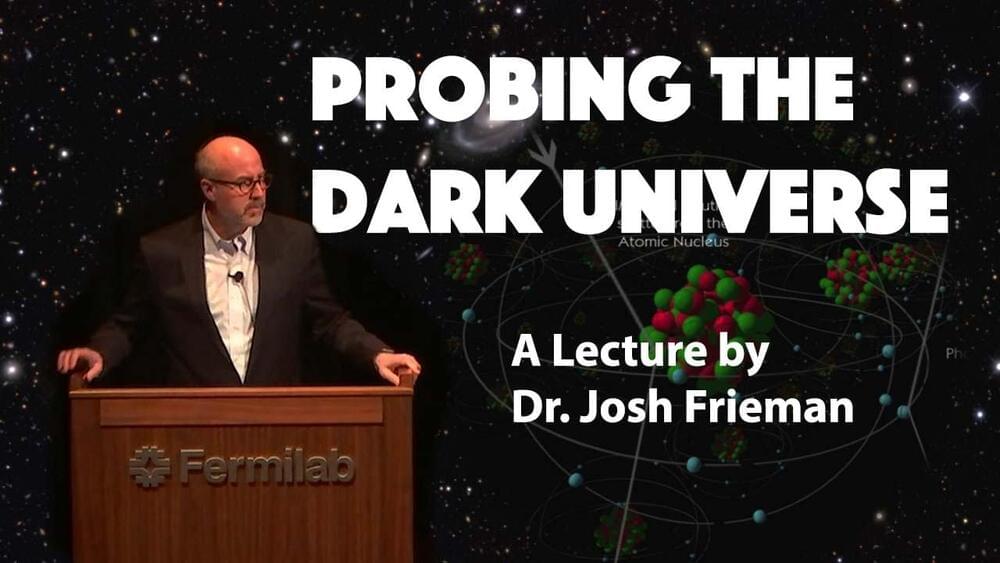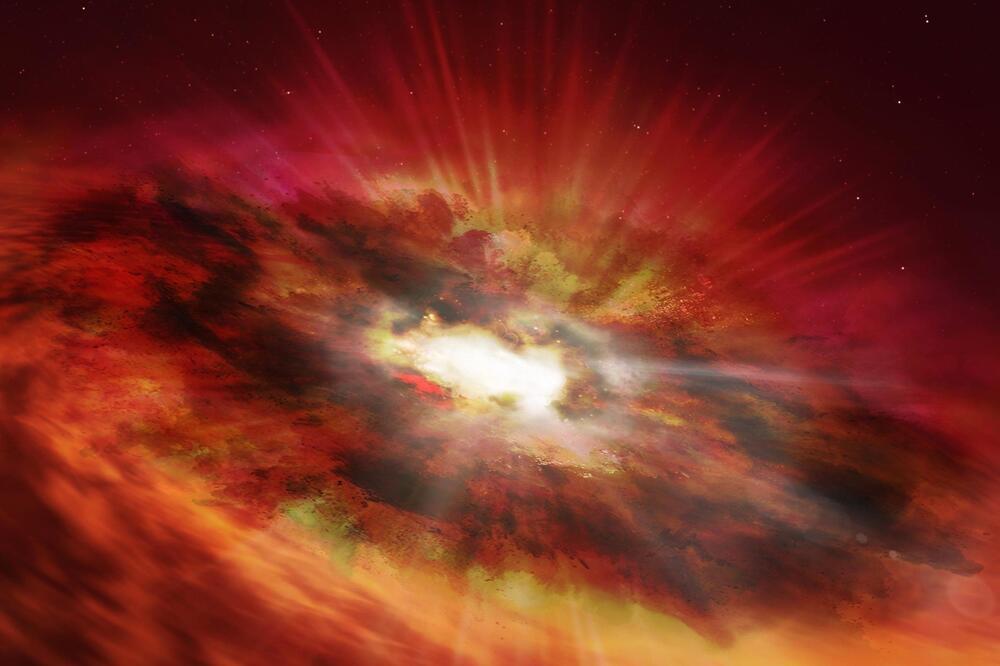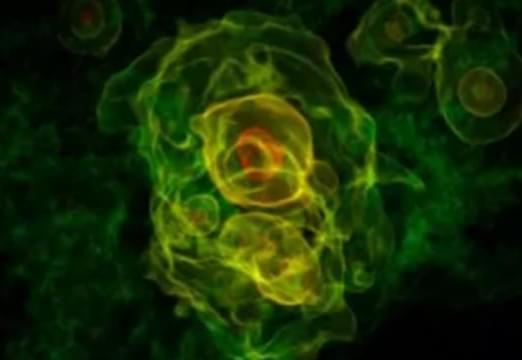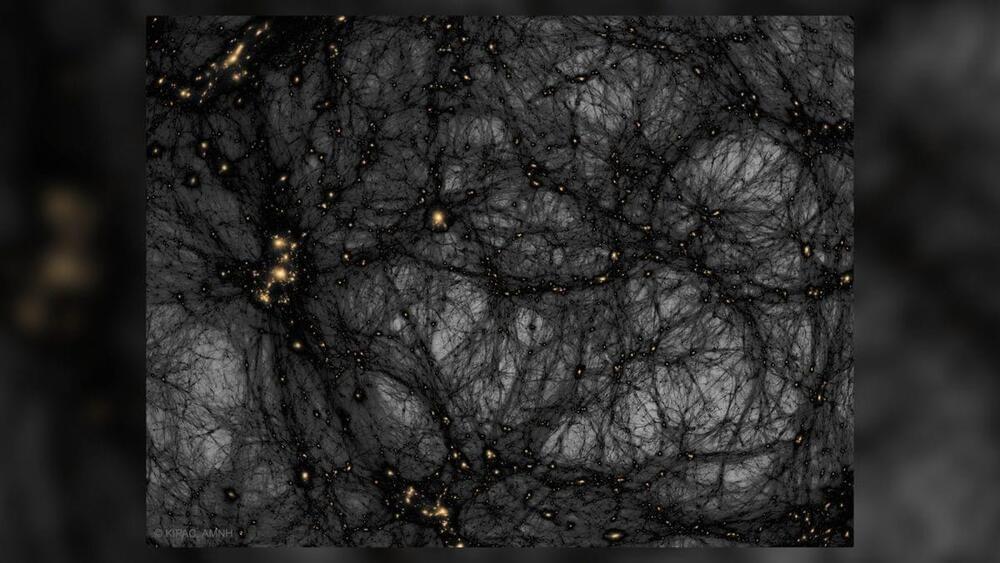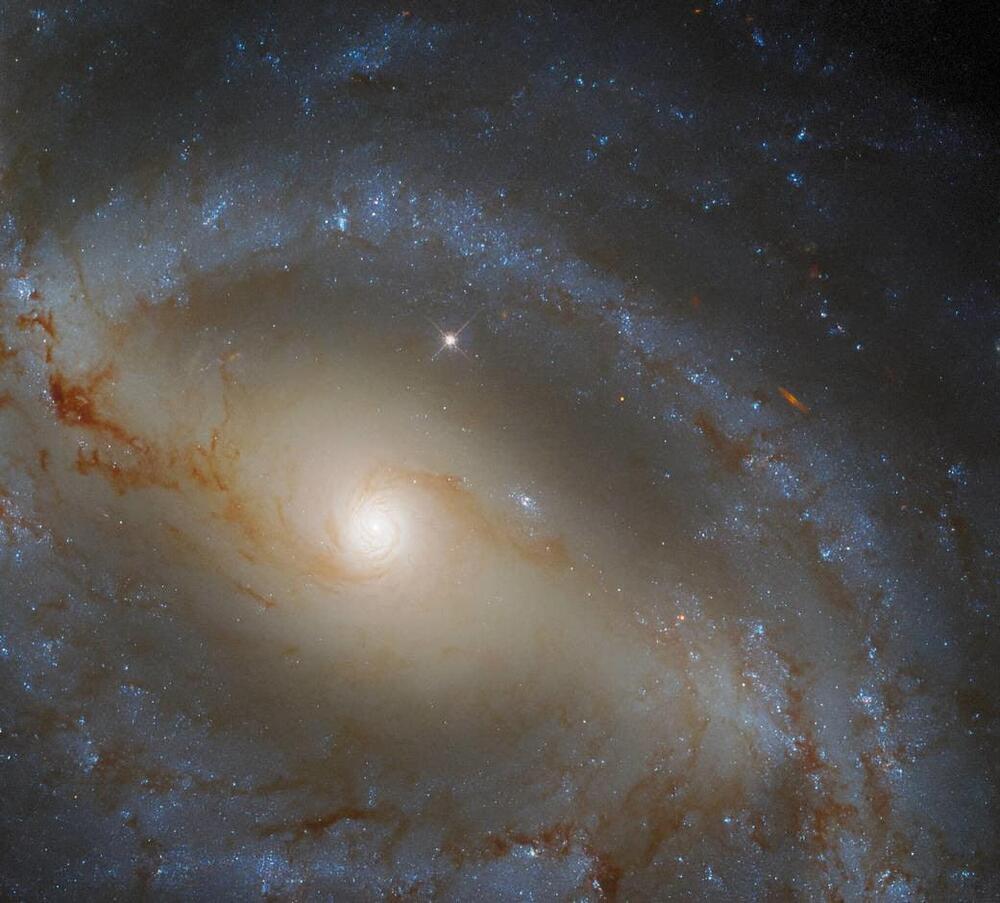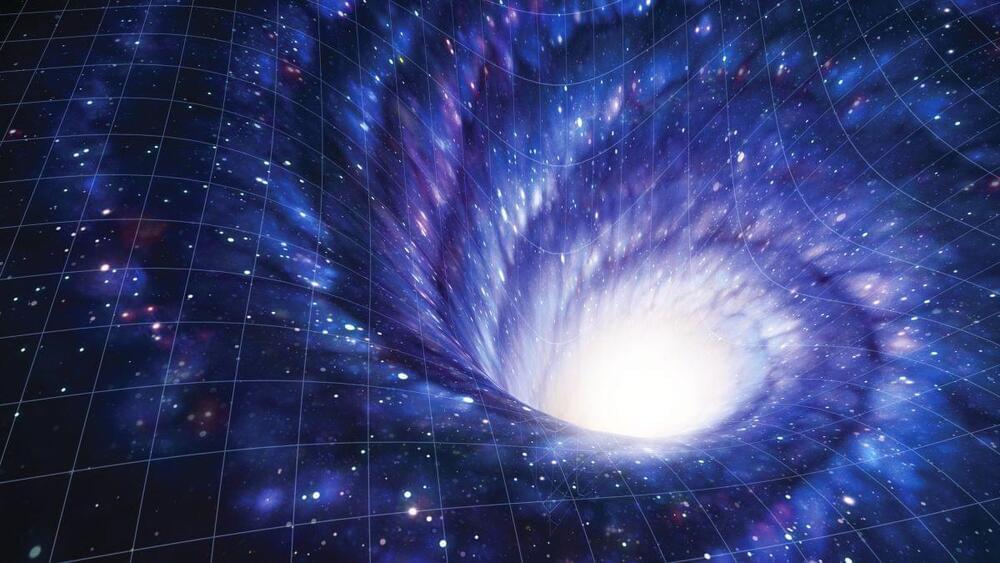Keep tabs on the storied space telescope.
The Hubble Space Telescope has been responsible for some of the most exciting astronomical finds in history and while research time with Hubble is highly sought after, anyone can check what the storied telescope is currently pointed at whenever they like.
Most of the time, casual observers only hear about select Hubble observations when NASA or the European Space Agency (ESA) shares them, whether that be through blogs or on Twitter. For example, the photo above is of spiral galaxy M91, which was observe by Hubble and shared on the NASA blog today. This galaxy is of interest because it hides a gigantic supermassive black hole at its core. In a 2009 study, astronomers found that it weighs somewhere between 9.6 and 38 million times as much as the Sun.
Photos like this are colorized and publicly shared, but there are a great many other observations that don’t get the same publicity. For those who want to keep an eye on what astronomers are observing at any given moment, the Space Telescope Live site displays detailed information about observations in real-time.
